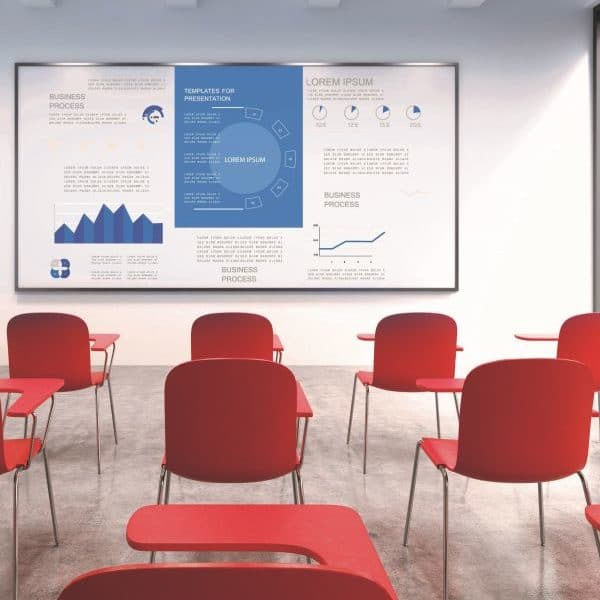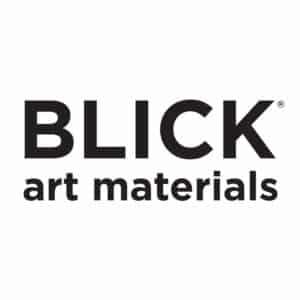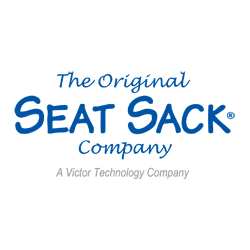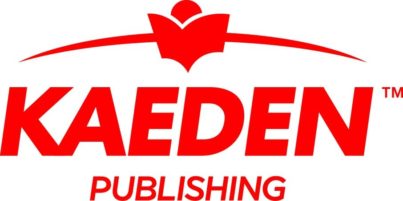Is your whiteboard obsolete?
The whiteboard has been a staple of the academic environment for decades. Its precursor, the venerable chalkboard, has been a fixture in everywhere from K-12 classrooms to university lecture halls for at least two centuries.
Just as the whiteboard’s advantages – ease of manufacture, dust-free use, and lower long-term costs – led to it all but replacing the blackboard in schools around the country, so too is the whiteboard disappearing. Touchscreen displays are replacing the whiteboard in academia, in business, and beyond.
This technology offers plenty of advantages when compared to the traditional whiteboard, and these advantages increasingly outweigh the cost of investing in a high-definition touchscreen display.
It’s easy to see why you are likely to see more and more interactive whiteboards in classrooms around the country as time goes on.
How Do Interactive Whiteboards Improve Classrooms?
There are two major ways that any new technology can improve the classroom, lecture, or presentation environment. New products must either make it easier for teachers and presenters to structure the curriculum, or increase students’ engagement and their ability to retain information.
It’s easy to see that the simple litmus test for any new classroom technology is whether it makes teachers’ lives easier or helps students perform better on tests. Interactive whiteboards do both in the following ways.
- They Make Video and Audio Integration Possible
High-quality video content can vastly improve the quality of any course or presentation. However, integrating video into a lesson plan can be cumbersome. With a traditional whiteboard setup, teachers have to put a television on a cart and play a video separately from the lesson that the video is a part of.
As every high school alumni remembers, video lessons were the order of the day for substitute teachers who needed “fast-food” learning for classes they’d only teach once or twice at most.
With interactive whiteboards, however, video and audio can be integrated into the lesson plan. This means that everything from digital labels to audio pronunciation of difficult terms can become functional elements of the lesson itself.
Best of all, the teacher is the one who does this, so the content can fit his or her curriculum precisely.
- They Encourage Student Participation
In the classroom environment, there are few things students dread more than being called to the front of the class to complete a difficult problem. It combines the challenge of retaining and processing information with potential embarrassment if the student gets it wrong.
However, educators agree that student participation is crucial to academic and personal success. Interactive whiteboards make it much easier for teachers to develop interactive lessons that appeal to reflective learners and shy students who may not otherwise be eager to participate.
For instance, the teacher may display the correct steps to solve a problem in real-time, instead of correcting the student only after making a mistake.
- They Simplify Lesson Review
Without an interactive whiteboard, students have to rely on often-imperfect notes to grasp concepts and ideas presented during lectures. While note taking is an incredibly important skill for students of all ages, not having access to the original curriculum material is an obstacle for many otherwise successful students.
With a lesson plan presented using an interactive display, teachers can share their lessons with students in a digital format.
This technology allows students to use their instructors’ original material for study, giving them complete access to the information they need to retain, even months after the fact.
Furthermore, absent students have access to complete lessons, with video and audio capability playable on any laptop computer.
- They Save on Long-Term Costs
One of the major benefits of traditional whiteboards over chalkboards is that dry-erase markers are much cheaper than chalk. The annual operating cost of a traditional whiteboard is far lower than that of a chalkboard.
Classrooms that use interactive whiteboards eliminate the need for markers altogether. Furthermore, schools and institutions can use this technology to eliminate unnecessary use of paper from the learning environment.
Together, these factors combine to produce far lower per-student consumable costs for most classrooms.
Any learning institution looking to decrease its annual use of consumables while improving flexibility and student performance has much to gain from using interactive whiteboard technology.
Furthermore, businesses and organizations that rely on presentations to disseminate information efficiently will find this technology to be as intuitive as it is cost-effective.
Advantage Imaging Supply (AIS) is a leading provider of computer hardware, printing supplies, and technology products based in San Capistrano, California. Since 2003, they have established themselves as a premier technology provider for schools and organizations of all sizes throughout the United States, www.aisink.com.









